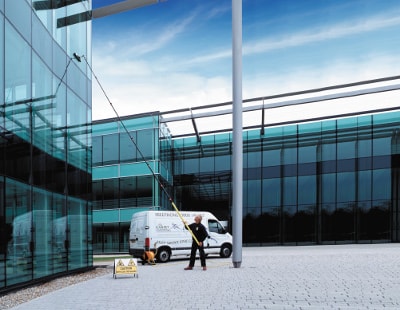
Moreover, the advent of smart Glasreinigung Fensterreinigung Stuttgart, or electrochromic glass, has transformed the way buildings interact with their environments. This glass can dynamically control light transmission, opacity, and thermal properties, adjusting to external conditions or user preferences. Smart glass finds applications in facades, skylights, and windows, providing architects with a tool to optimize energy consumption and create adaptable spaces.
Challenges and Sustainability
Despite its numerous advantages, glass presents challenges in terms of energy efficiency and sustainability. Glass buildings, while visually striking, can pose issues in temperature regulation, leading to increased energy consumption for heating and cooling. However, advancements in glazing techniques and the integration of double or triple glazing systems have mitigated these concerns to a certain extent.
The push for sustainability has driven innovations in eco-friendly glass production. Manufacturers are exploring ways to incorporate recycled materials into glass production and reduce its carbon footprint. Additionally, research into photovoltaic glass, capable of generating solar energy, holds promise for the future of sustainable building materials.
Future Trends
The future of glass in architecture looks promising, with ongoing research focusing on enhancing its properties. From self-cleaning coatings to improved thermal insulation, scientists and architects collaborate to create glass that meets the demands of sustainable and innovative design.